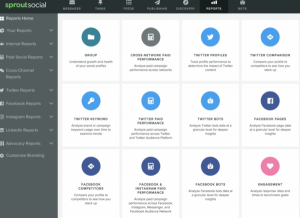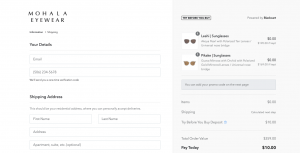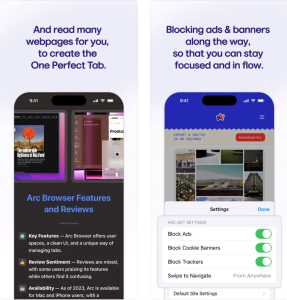— May 3, 2018

ribkhan / Pixabay
When it comes to your marketing arsenal, email is a go-to tool that you reach for early and often. There are two main reasons for this. First, rolling out an email campaign is inexpensive, which creates an attractive return on investment.
Second, email marketing is extremely trackable. There are a variety of metrics that are easy to use and give you valuable insight into how an email marketing campaign performs. This allows you to see what works and what doesn’t, so you can tweak your strategy and make future campaigns more effective.
Here are the six email marketing metrics that will help you fine-tune your outreach to customers.
1. Delivery and deliverability
Although these sound similar, delivery and deliverability are different measures. “Delivery” refers to whether or not a recipient’s email client accepts your message, while “deliverability” is concerned with where the email ends up after it is accepted. This could include the recipient’s main inbox, their spam folder or any other folder in their email system.
Your delivery rate is a simple measure of the percentage of emails that are actually delivered to recipients versus those that bounce back. A low delivery rate indicates that you have too many email addresses on your list that are invalid or inactive. Other factors can affect your delivery rate as well, such as whether the recipient’s email program has blocked your IP address.
Target delivery rate:
In an ideal situation, your email delivery rate should be as close to 100 percent as possible. To accomplish this, make sure to remove or update addresses from your email list that result in messages that bounce back.
2. Open rate
Just as the name indicates, your open rate is the percentage of recipients who opened your email, making it likely that they read at least part of the message. As a simple example, if you send an email to 100 recipients and 25 of those people open it, your open rate is 25 percent.
If your email campaigns consistently deliver low open rates, you may need to rethink your subject lines. The more enticing your subject line is, the more likely recipients will open the message.
Target open rate:
High open rates are desirable, but for email campaigns, a rate of 20 percent is a good target across most industries. Anything above 20 percent should be considered a success, while an open rate below 20 may mean it’s time to rethink your strategy.
3. Clickthrough rate
In most cases, the goal of your email is to get recipients to take some sort of action, such as visit your website or make a purchase. Your clickthrough rate is the percentage of email recipients who took such action by clicking on a link contained in your message. To improve clickthrough rates, try to use alluring content that leaves readers craving more.
Target clickthrough rate:
A good target rate is 2.5 percent. A clickthrough rate below that may be a sign that you need to freshen up the content in your messages, or experiment with different formats for your calls to action.
4. Conversion rate
Email conversion rates are unique because they’re completely customizable based on your own business goals. In many instances, your goal might be to get email recipients to make a purchase. If this is the case, your conversion rate would be the percentage of recipients who went on to make a purchase after reading your message. Other examples of actions you could use to measure conversion rates include the number of recipients who gave your business a like or share on social media, or the number of folks who sign up for a newsletter subscription.
Target conversion rate:
Since your conversion rate is customizable, your target should be based on your own goals. If the goal of an email campaign is to generate sales, your target rate may be a specific number of sales transactions, or a total dollar amount generated from the email. These targets will vary based on the nature and size of your business, and on each individual campaign.
5. Subscriber growth rate
One of the easiest email metrics to monitor on a regular basis is the number of email subscribers you have. The goal is to keep your subscriber list constantly growing. After all, the more people you have on your list, the better chance you will have at getting some of them to take action.
Target subscriber growth rate:
You can set personal goals such as a 3 percent increase in your subscriber base, or 100 additional subscribers over a given amount of time. In the end, however, any positive movement in your subscriber base is a good thing, while a shrinking subscriber list is not.
6. Disengagement rate
On the flip side, it can also be useful to track a disengagement rate, which is essentially the percentage of recipients who unsubscribe from your list or flag your message as spam. The goal here, of course, is to keep this metric as low as possible. However, if one particular email results in a relatively high disengagement rate, it will give you some insight into the types of messages that don’t work with your subscribers.
Target disengagement rate:
A low disengagement rate is ideal. And low means low. Try to keep your disengagement rate below 0.15 percent, as anything above that may begin to affect deliverability.
It can’t be overstated – email is an excellent low-cost way to engage with current and potential customers. To bring your marketing efforts to the next level, utilize these easy email analytics to get a sense of the tactics that work best to make your emails more efficient, not to mention more profitable.
Digital & Social Articles on Business 2 Community
(45)






